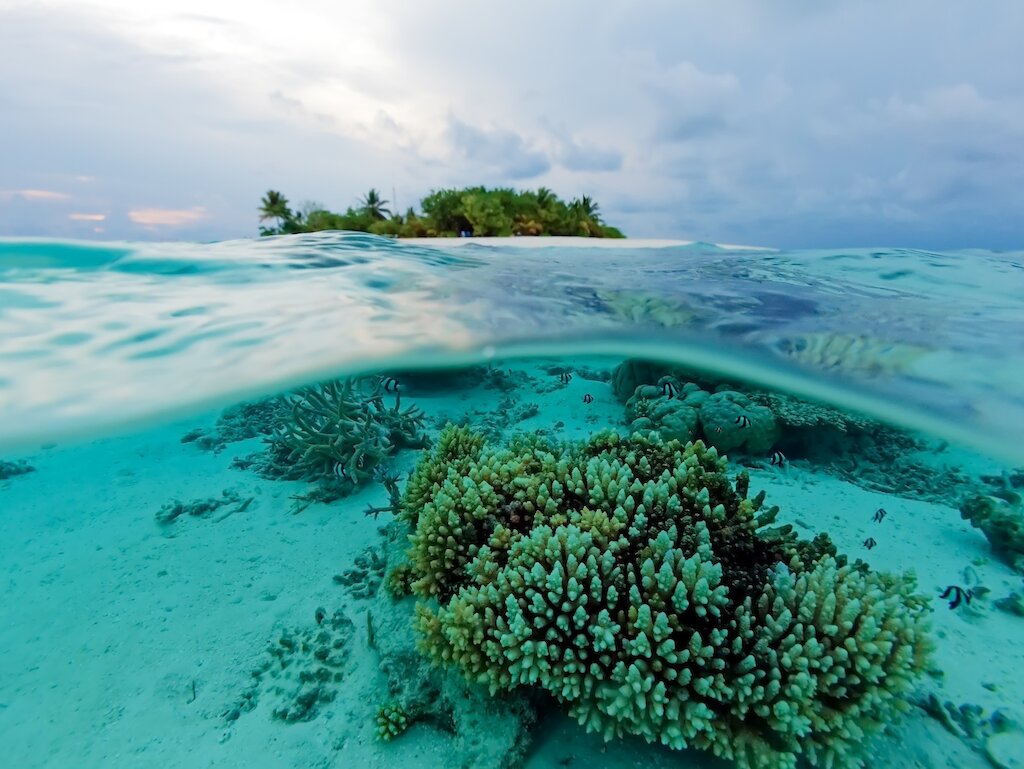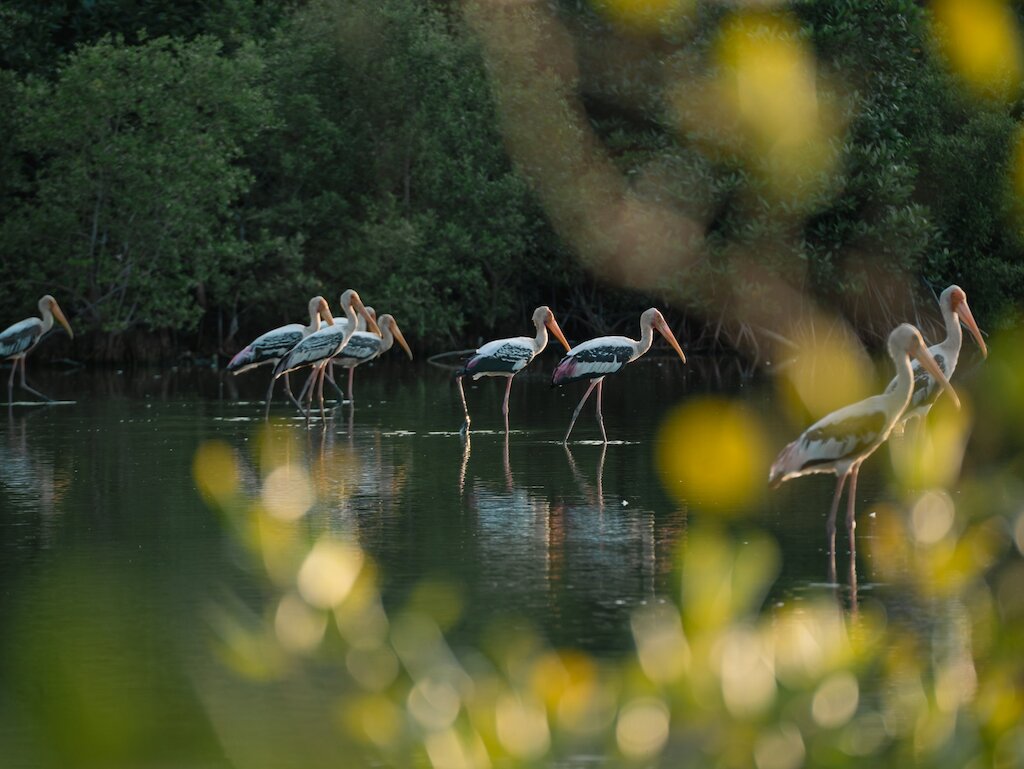2020 is an important year for biodiversity as it marks the launch of the new post-2020 global biodiversity framework in line with 2050 United Nations Convention on Biological Diversity (UN CBD) vision of "Living in harmony with nature". The Intergovernmental Science Policy Platform on Biodiversity and Ecosystem Services (IPBES) released a Global Assessment Report on Biodiversity and Ecosystem Services in May 2019, highlighting the decline of biodiversity, with one million species already facing extinction, and 75% of the earth's surface being significantly altered.
The draft post-2020 global biodiversity framework was released earlier this year. Participants had their first opportunity to comment on the draft during the Open-ended Working Group (OEWG) meeting in Rome last week (24-29 February).
Ipieca attended the meeting, submitted a statement on the framework, and made an intervention on the role of the private sector in implementing the framework to achieve transformative change. The importance of integrating mainstreaming into the post-2020 global biodiversity framework has been highlighted in CBD documents and during the meeting discussions.
Ipieca has been actively mainstreaming biodiversity into good practice guides and company processes for several decades in support of UN CBD's vision of living in harmony with nature by 2050.
The updated Managing biodiversity and ecosystem services in oil and gas development: Mainstreaming the mitigation hierarchy brochure outlines good practice for managing biodiversity and ecosystem services in the oil and gas industry.
The post-2020 framework will be adopted in October 2020, Kunming, China. The next OEWG meeting will take place in Cali, Colombia on 27-31 July 2020, with the aim to advance the preparations for the development of the framework.
About the framework
The framework is structured as follows:
5 GOALS for 2050 related to the CBD's 2050 Vision
- No Net Loss and Ecosystem Resilience
- Reductions in the percentage of species threatened with extinction
- Maintenance and Enhancement of genetic diversity
- Benefits of nature to people
- Increase the fair and equitable benefit sharing from the use of genetic resources and associated traditional knowledge
These goals are to be achieved through 20 action-oriented targets for 2030. These 20 actions are represented under the following categories:
- Reducing threats to biodiversity;
- Meeting people's needs through sustainable use and benefit-sharing; and
- Tools and solutions for implementation and mainstreaming.
The draft also includes a preliminary list of indicators to assess progress, elements of guidance on goals and SMART targets (indicators, baselines, and monitoring frameworks).



